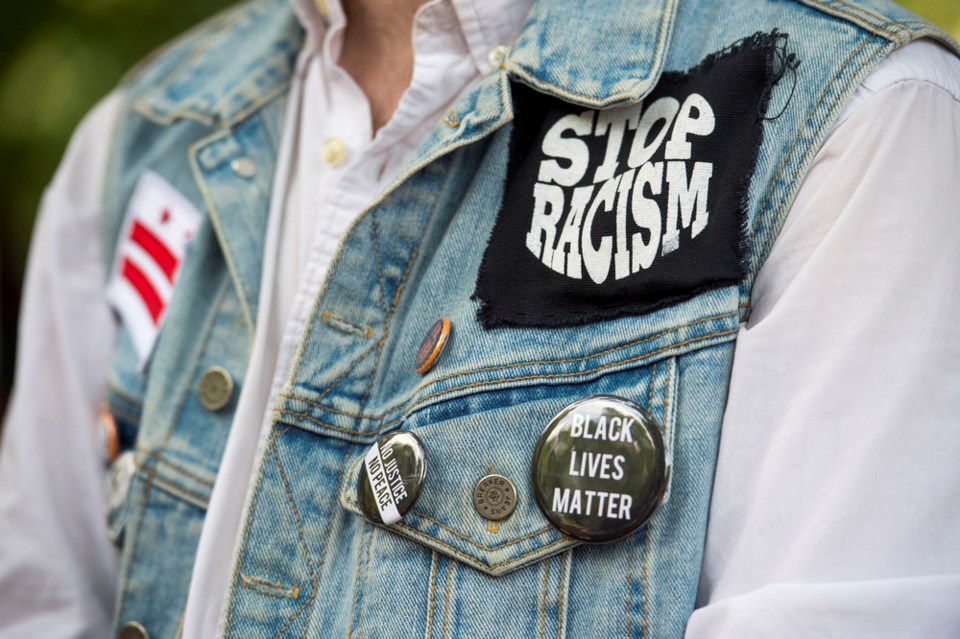“What are we supposed to do with all this pain and all this anger?”
It’s a tough question — tough to hear and even tougher to answer. It was the question posed by a family member of one of the 10 people fatally shot in Buffalo last week.
By now, I’m sure you’ve heard the news of the 18-year-old man who reportedly drove three hours, seeking out a Black area of town to target a grocery store frequented predominantly by Black people.
He did this, according to reports, because he believes in the “white replacement theory,” the idea that white people are being replaced by immigrants and people of colour.
It’s an idea some hard right politicians and pundits have espoused as they’ve accused U.S. Democrats of allowing a bunch of “undocumented immigrants” into the country with the promise to vote for them, thus supplanting the power of white votes.
It’s easier to say “undocumented immigrants” than “Black people” or “poor people” but those who hear the dog whistle know what’s meant.
Black and poor communities have historically had low voter turnouts. If that changes, the power of the white, wealthy vote is lessened.
Granted, this young man was probably not calculating voter demographics when he did what he did — but others were.
Ben Crump, the lawyer of the family who posed the question about pain and anger, recognized that fact when he called out cable news commentators who stoke white resentment, politicians who capitalize on it and the fringe websites that give it a platform, as reported in the Buffalo News, following a news conference held by Crump and the family.
“Even though they did not pull the trigger, they did load the gun,” said Crump.
A young man’s decision to murder is his alone, but “the people who curate the hate,” as Crump said, played a role in shaping his actions.
I agree with Crump, but it raises a question that us in the media have been grappling with, particularly since the pandemic — how much exposure to give views that don’t just make us uncomfortable, but in some instances we find repugnant or possibly dangerous.
This is not a new debate. In fact, it’s the essence of John Milton’s pamphlet to the English parliament in 1644.
In defence of free speech, Milton makes the argument that sunlight disinfects, that bringing ideas, even really bad ones, into the light of public discourse allows them to be exposed for what they are.
Even though Milton hadn’t heard about the “dark web,” he warned of the power of falsehoods taking hold and running rampant when kept underground.
Clearly, the white replacement theory has not just been circulating but gaining potency in some dark circles, while many of us hadn’t even heard of it.
Similarly, who had heard of incel before a man went careening through downtown Toronto in 2020 mowing down as many women as he could find.
It turns out incel, which stands for involuntary celibate, is an online network of men who blame women for their own lack of sex and romance.
Crump is right, we need to call out those “who curate hate,” but calling out is not necessarily censoring.
This isn’t to say anything goes. And I genuinely worry about giving oxygen to ideas that really should wither and die.
But the question is not whether certain ideas should be censored, but whether censorship works or backfires.
I don’t have the answer, but I’m looking because it’s incumbent on all of us to do what we can to answer a family that so legitimately asks, “What are we supposed to do with all this pain and all this anger?”



